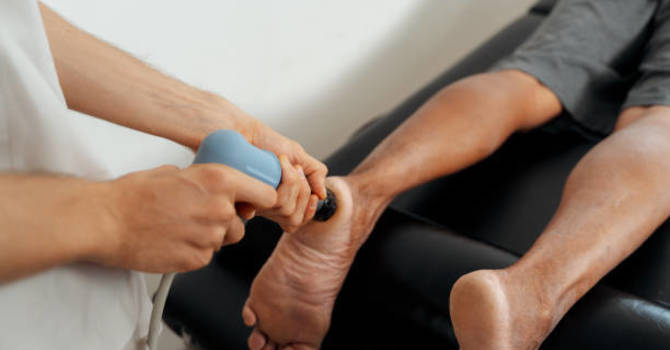
I woke up with neck pain, what do I do next?
Over the course of a lifetime, most of us will experience an acute episode of neck pain. Whether it was caused by sleeping awkwardly or from checking your blind spot too quickly while driving, many of us do not know what to do next. Regardless of the cause, it is encouraged to have a medical professional perform a proper examination of any injury before self-treatment. Still, it is not always possible to have that done immediately. The following are some simple exercises that you can try at home to help manage your pain and symptoms.
When you experience neck pain the best thing is to keep moving your neck. Often times, when pain develops, we suddenly start avoid moving our neck because it generates some pain! Now with in reason we want to maintain basic ranges of motion. If you let it stiffen upt, this can cause the joints and muscles to seize and make recovery longer and harder. Periodically move your neck through any tolerable range of motion.
Certain people may notice their range of motion may be significantly decreased, particularly in one direction maybe, but it is important to maintain whatever range of motion is manageable. If your pain increases significantly with motion while seated or standing, you can try and perform your range of motion exercises while lying on your back. This helps to take gravity out of the equation, along with extra muscles seizing up, and often increase the amount of tolerable mobility that you have.
This exercise is not designed to treat all forms of neck pain; rather, they are a great general place to start!
If you experience neck pain routinely and it is worse right when you first wake up in the morning, in some cases it can be an irritated spinal disc. As we move around all day our discs compress down, in height, allowing for more range of motion in the joints. When we go to bed at night our discs swell up or rather rehydrate. That is completely normal but when you do have any type of irritation, that “fullness” can be seen as a dangor and your body may try to protect that area causing more stiffness, sensitivity or even spasms. So what do you have to do? First thing in the moring you have to get moving.
- Perform a seated extension, seated rotation, and different shoulder ranges of motion to determine your baselines.
- Sit and relax against the back of the chair.
- With the edge of a towel placed at the base of your skull and pulling towards the eyebrows, lift forward and upward and fully extend your head and neck over the chair. Return to the starting position.
- Perform 10 reps: remember these should be pain free!
- Recheck the baseline movements and see if your pain has decreased in the shoulder or your range of motion has increased.
- If either one of those is better, your pain is actually coming from your neck!
- If your pain starts traveling further down your arm or your pain increase, stop this exercise and contact a medical provider.
- The goal of this exercise is to take the pain traveling down into your arm L (peripheralization) and help it to move up your arm J (centralization), towards the center of your neck.
**If the pain starts traveling down your arm further STOP and contact a medical provider**
If the pain moves up the arm (for example was in the finger, but now it’s only to the elbow, or the intensity decreased) then the pain is definitely coming from your neck! If you want to learn more about The McKenzie Method® click HERE or Here for a video!





